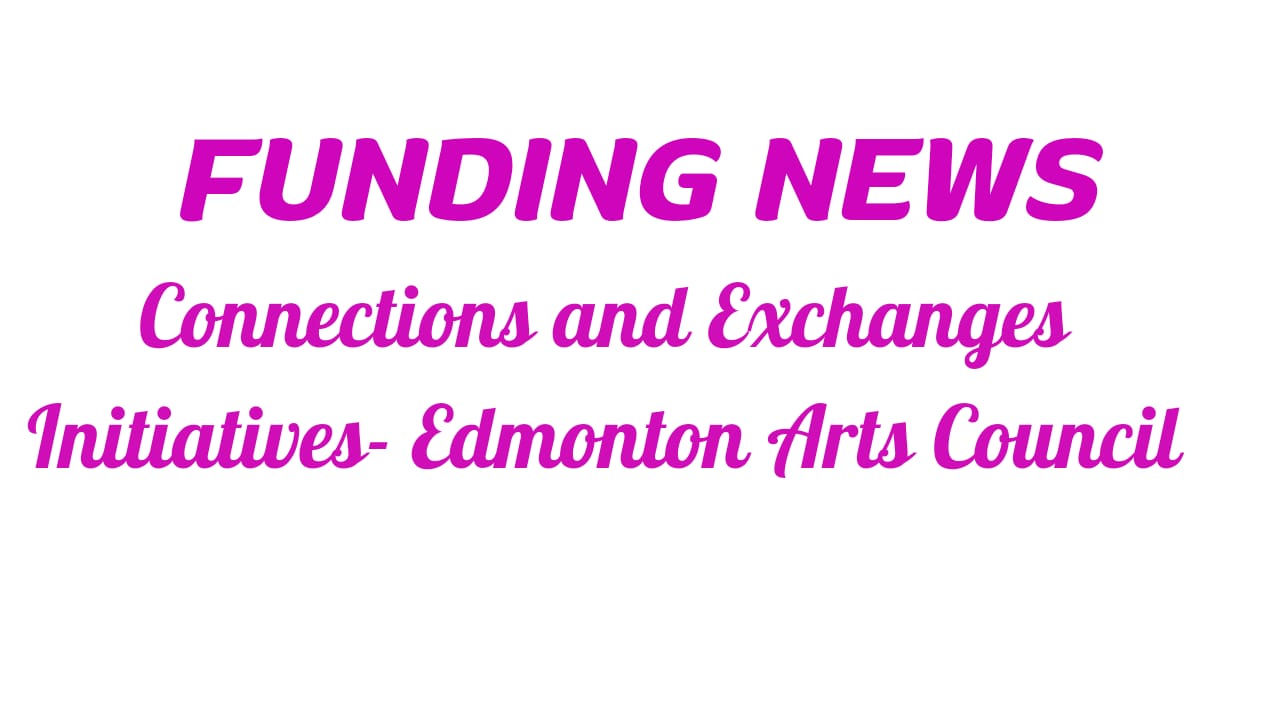
What to learn from a strike | Jacqueline Biollo, MBA, ICD.D
The Public Service Alliance of Canada (PSAC), Canada’s largest federal public service union, is on strike. Strikes, strike actions, or labour disputes are a work stoppage crusade. Usually caused by a mass protest, where employees refuse to work until conditions improve, in response to employee grievances such as work conditions, increased benefits, and wages.
Striking workers gather on a picket line outside or near the workplace entrance. They often carry placards, signs, or posters advertising why they are striking or asking others what not to do (ex., cross the picket line, go to work, or support the employer).
In contrast to a strike, a lockout is a work stoppage or suspension of employment initiated by an employer. It is intended to compel employees (and the union) to agree to specific terms and conditions.
The transformative action of a strike became common during the Industrial Revolution (1760 to 1840) when high wages and cheap energy created a demand for technological, socio-economic, and cultural changes.
Canada boasts well over a hundred different unions. Without fearing retaliation, unions are poised to negotiate and enforce better workplaces and working conditions with employers on behalf of union members. Examples of better workplaces have included the end of child labour, a 40-hour work week (or 8-hour workday), unemployment benefits, and Workers’ Compensation laws. Examples of better working conditions have included improving staff retention, absenteeism, and workplace productivity and creating specific and detailed grievance, mediation, and conflict resolution procedures.
Whether one day or 124 days. Whether 42 workers or 715,000 workers. The impact of a strike can be a powerful tool to bring attention and awareness to both sides of a dispute, helping workers, employers, and the general public make informed decisions about responses and opinions.
Empowered by unity, solidarity, and purpose, picketing can be a powerful bargaining tool to encourage employers to negotiate. Leading to better wages, benefits, and working conditions for employees. Strikes can damage employee/employer relationships, make it difficult to rebuild trust and work effectively together in the future, and can be a financial burden for workers due to lost wages. (Workers who show up at picket lines for four hours a day receive $75 in daily strike pay.)
The effects of a strike are far-reaching. Programs, services, and facilities deemed not ‘essential’ are usually shut down or present a disruption to the general public. ‘Essential’ is considered necessary for the safety or security of the public.
As Bob Marley and the Wailers sang, ‘Let’s get together and feel all right’. Strikes are resolved when everyone is provided with the information they need and efforts are made to bridge the employee/employer divide. Democracy, honesty, empathy, and safety are paramount from the dispute process’s start to end.
____
Jacqueline Biollo is a public and government relations consultant with experience in labour relations, mediation, and arbitration. She recently visited the PSAC picket lines to educate herself and others better about the main points of contention (salary increases and remote work provisions).





